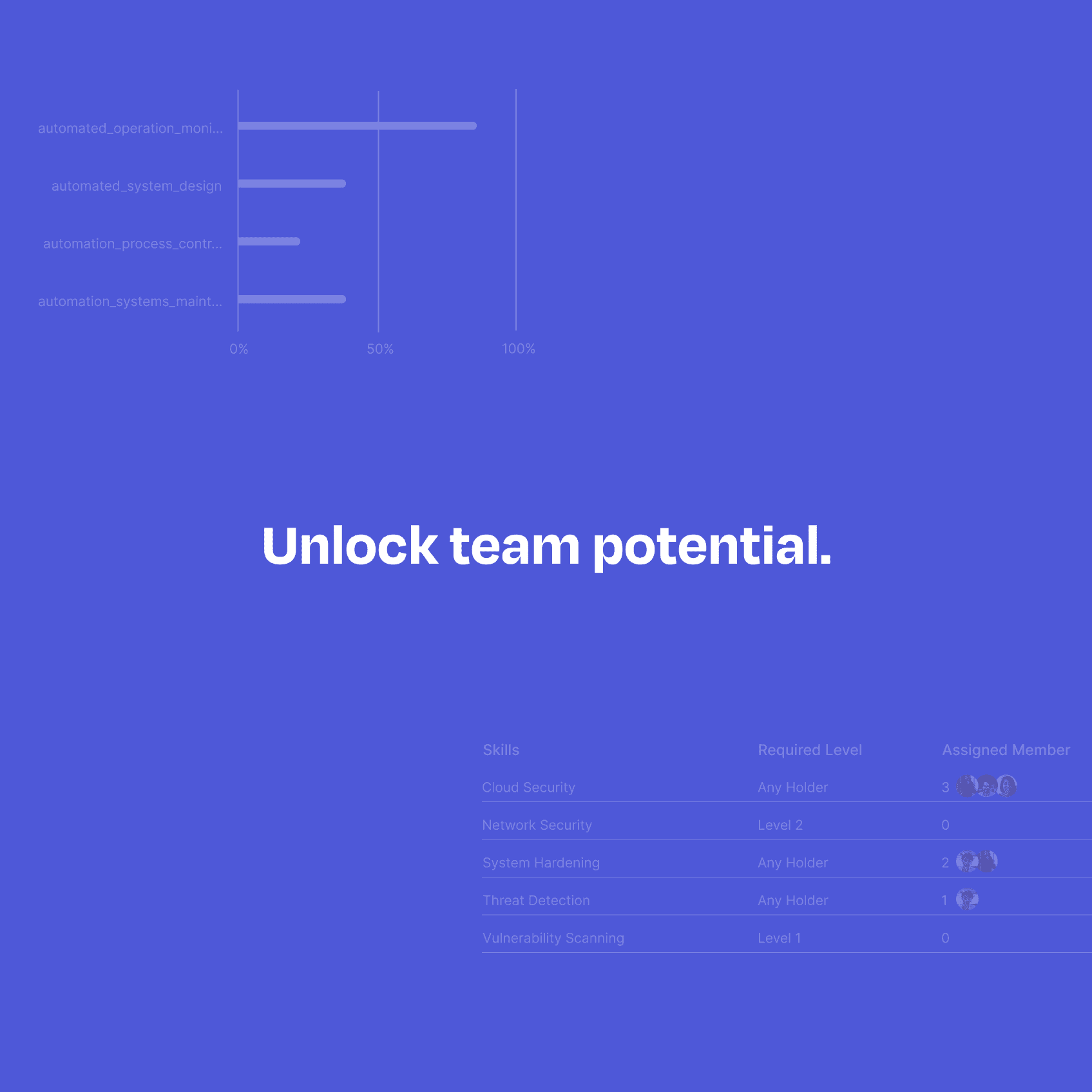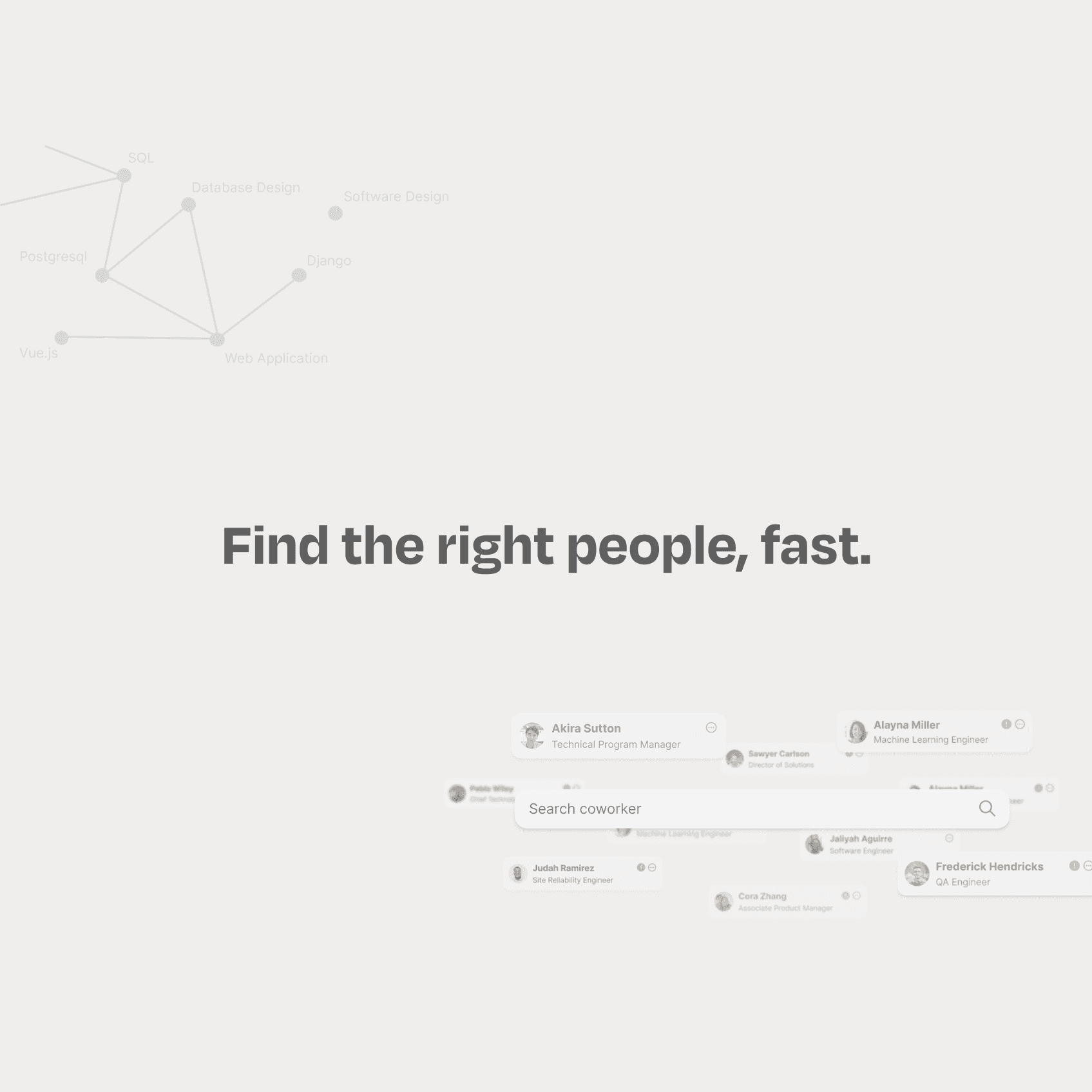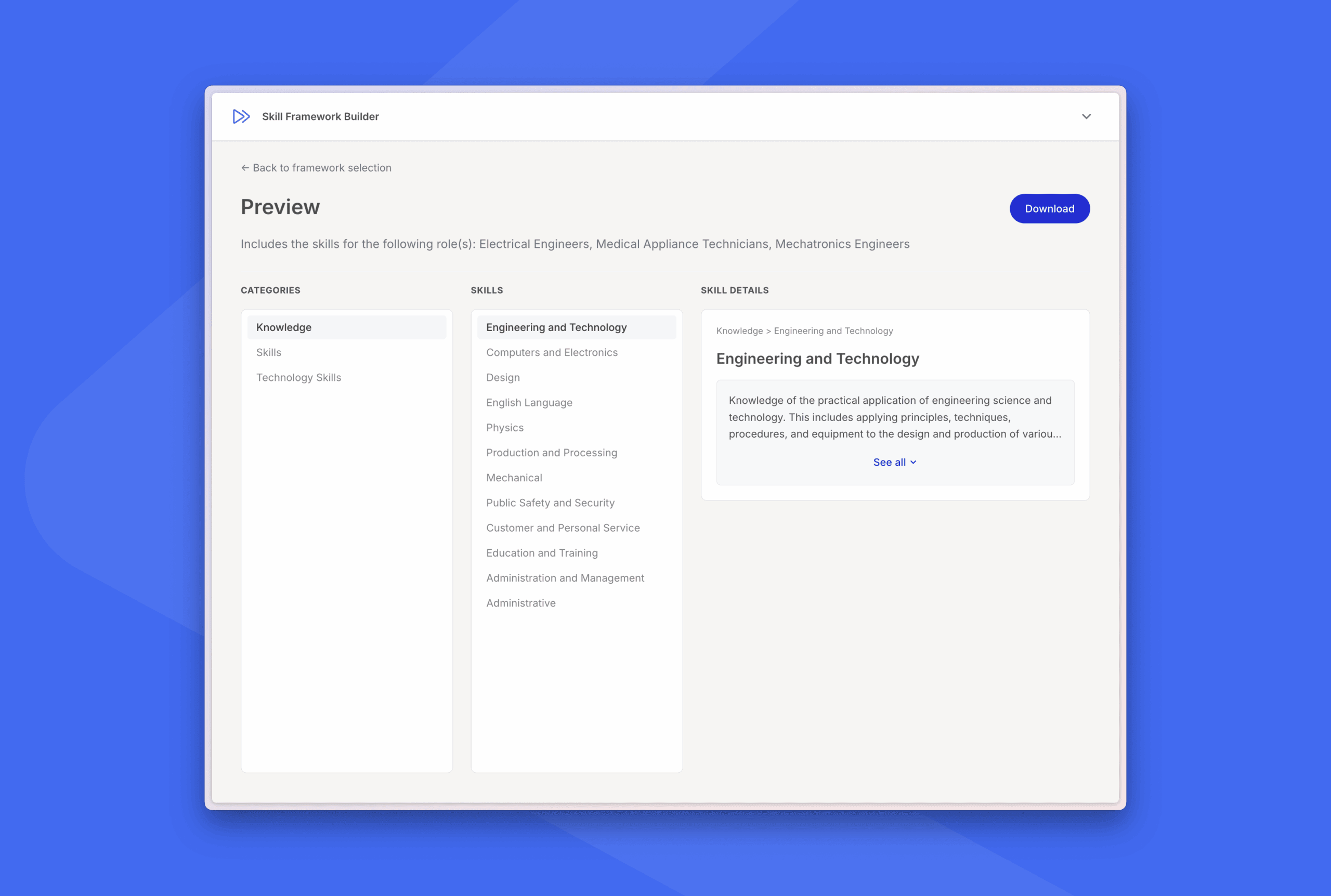
No matter whether you run an innovative startup or an established brand, the journey from a groundbreaking idea to tangible success is often fraught with challenges, from skill gaps to bureaucratic red tape.
But as the famed philosopher Lao Tzu put it: ‘A journey of a thousand miles begins with a single step’. Eager to succeed, leaders of startups find clever ways to leap into the unknown, while large organizations struggle to take this crucial first step.
Corporations are risk averse, always waiting for the optimum conditions for execution: a complete team, a flawless plan, or a full budget. However, when it comes to the relentless race of innovation, waiting for perfection will quickly leave you behind.
In this article, we’ll look at how the leaders of large and established manufacturing companies can accelerate talent mobility by leaning into a startup mentality and using iteration techniques to facilitate a bias for action.
Igniting iteration over perfection.
Startups and emerging businesses thrive amidst uncertainty. They understand that waiting for the ideal circumstances stifles progress. They rely on iteration to keep moving forward, regardless of skill gaps or limited budgets.
For example, to launch a successful product, entrepreneurs adopt iterative methodologies, such as the ‘build-measure-learn’ loop from The Lean Startup by Eric Ries. This approach emphasizes rapid prototyping, continuous feedback, and adaptive learning, ensuring the product already has a dedicated customer base by the time large-scale manufacturing begins.
Central to this concept is the Minimum Viable Product (MVP) – a pared-back prototype created with minimal resources, used to test hypotheses and gather customer feedback. The MVP not only accelerates learning but also conserves valuable time and capital.
Turning the MVP into the MVT.
When it comes to innovation within large-scale organizations, it’s not always a case of launching a new product. You might be working on a new strategy, service, design, or idea – and for all of those – you need an MVT.
Inspired by the MVP, the MVT (minimum viable team) refers to the smallest cross-functional group necessary to validate a new business idea. Assembling such a team helps you take that crucial first step from ideation to execution, all with the agility of a much smaller operation.
Bridging skill gaps by iteration.
Once the MVT has been formed, project development can begin. During this phase, the MVT will identify skill gaps that need to be filled to keep the project moving forward. You can then use the following iterative processes to bridge these gaps:
- Skill mapping: Start by creating a comprehensive inventory of the skills of each employee within your organization. This can be used for all projects moving forward.
- Talent mobility: As skill gaps arise, identify in-house employees with the talent required and allow them to transition into roles where their skills are most needed, fostering a culture of continuous learning and agility.
- Targeted hiring and partnerships: When internal resources are insufficient, use strategic hiring and partnerships to plug the skills gap instead.
Building a bias for action.
In today’s dynamic market, the ability to act quickly is a hard competitive advantage. Using the above iterative team-building techniques cultivates a ‘bias for action’, prioritizing quick decision-making over prolonged deliberation and bureaucratic inertia.
Instilling this bias demands cultural transformation as well as a shift in strategy. Using skills mapping software can help you rapidly adopt, model, and champion this approach, empowering your teams to take calculated risks and continuously learn from their outcomes.
Leveraging Zipteam for iterative team building.
Designed to accelerate innovation by supporting iterative team building in large organizations, Zipteam quickly builds a comprehensive overview of your talent landscape. Supported by AI, intuitive design, and cross-functional communication, our advanced skill mapping software helps you:
- Visualize skills: Each employee inputs their skills following suggestions generated by AI, and missing skills are tagged by their colleagues. This helps you identify in-house talent or skill gaps in need of development.
- Facilitate talent mobility: Our platform uncovers the hidden experts in your organization with the expertise needed to assemble your MVT.
- Streamline innovation: With data-driven insights, MVTs can ensure all the necessary skills are represented while continuously adapting to the needs of the project.
Put simply, Zipteam lets you develop ideas with the agility of a lean startup, connecting the most essential experts to initiate action. Action soon leads to innovation, giving your organization a competitive edge in the marketplace.












